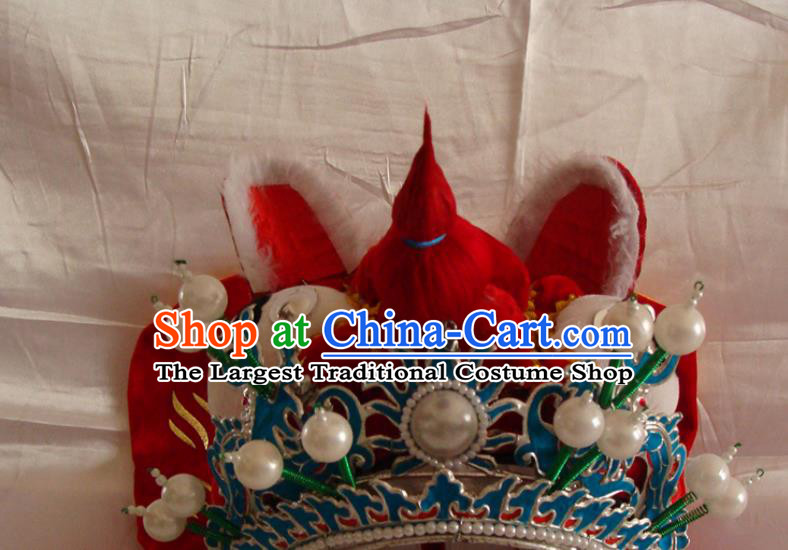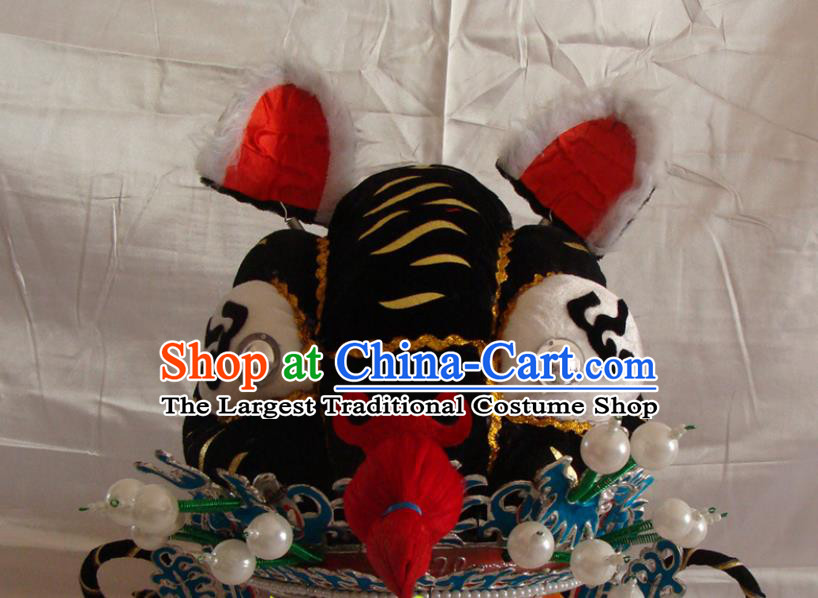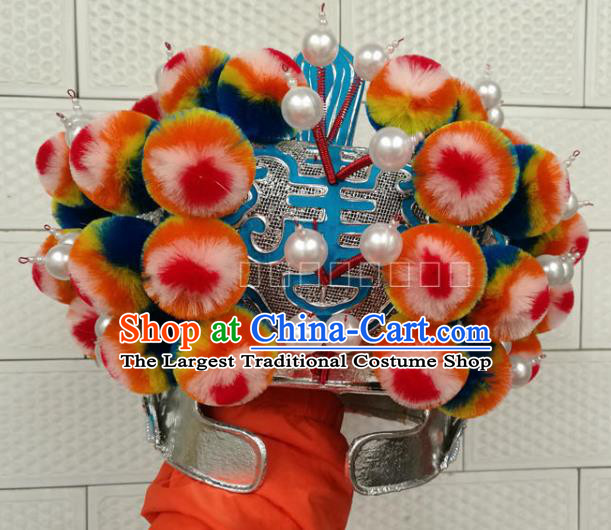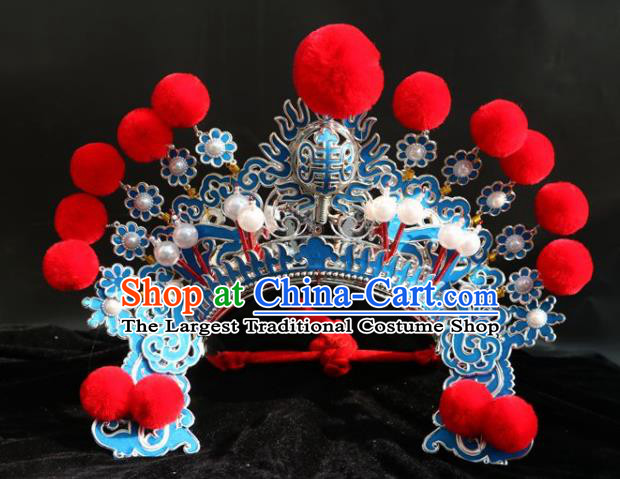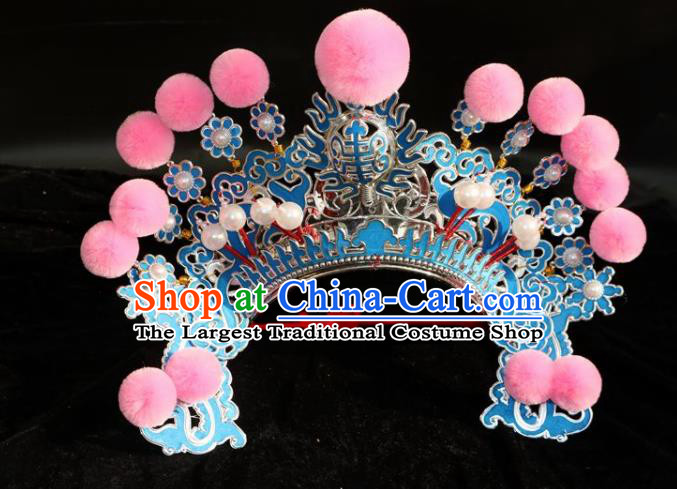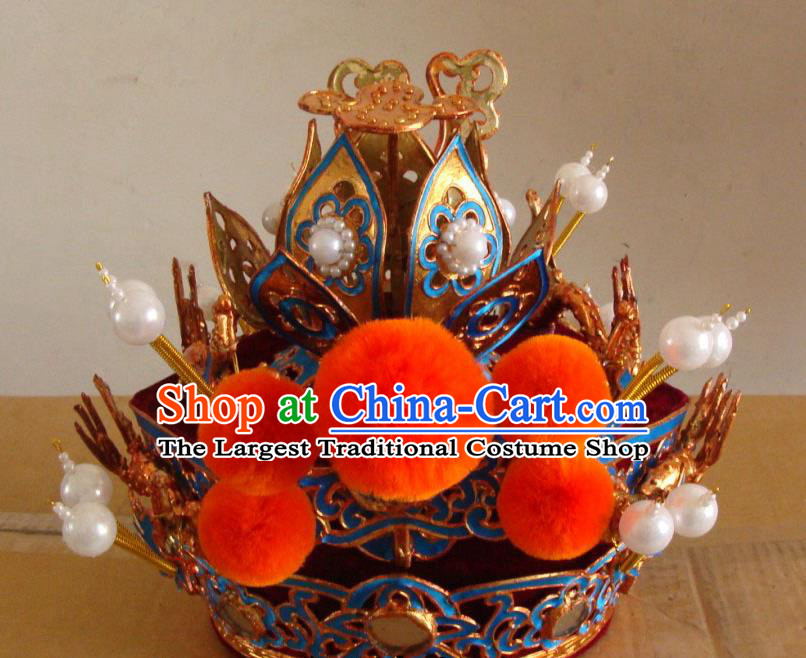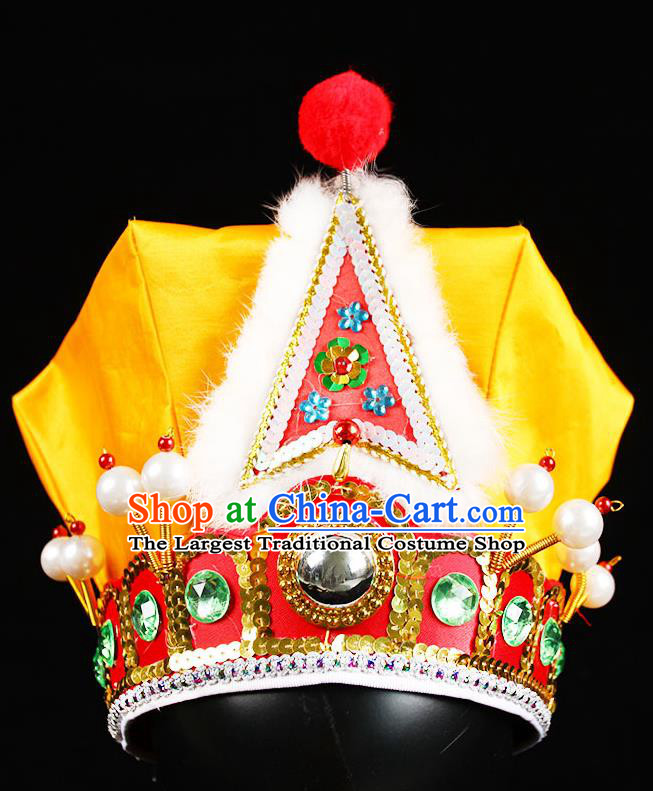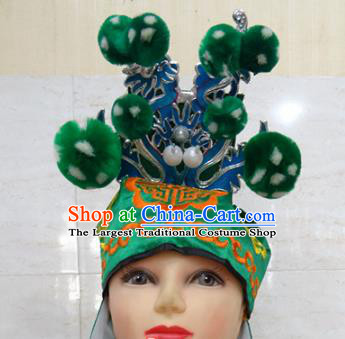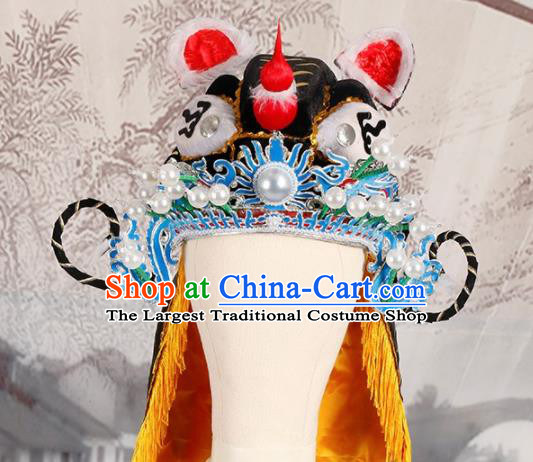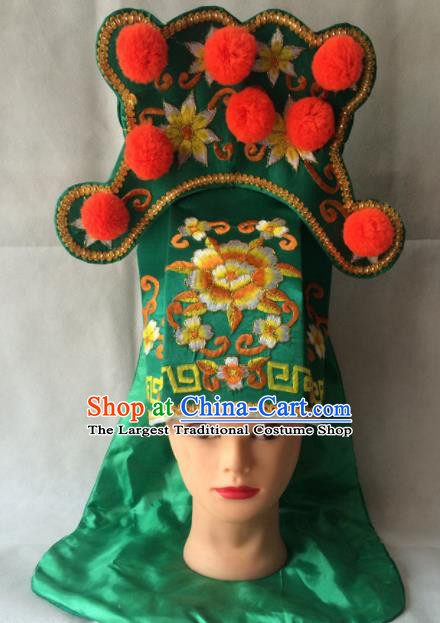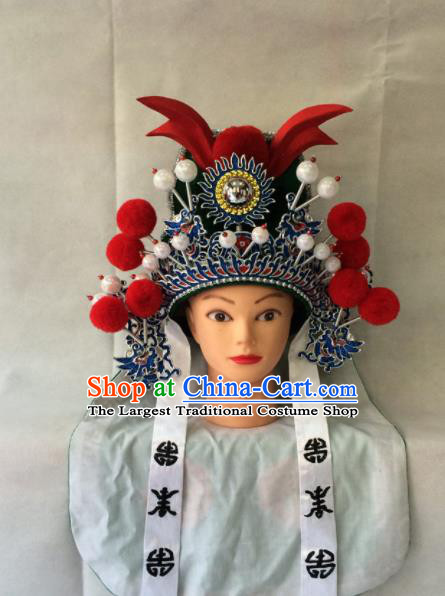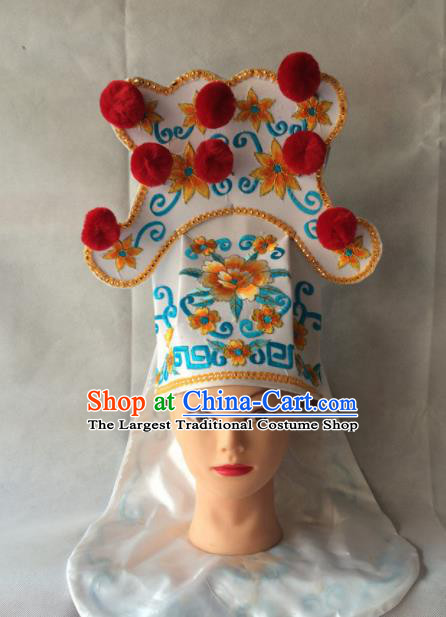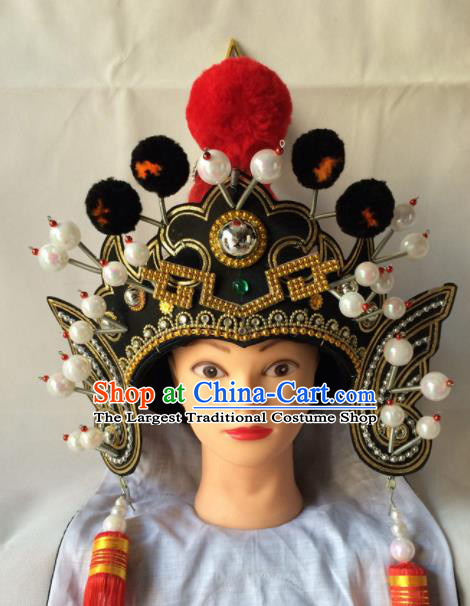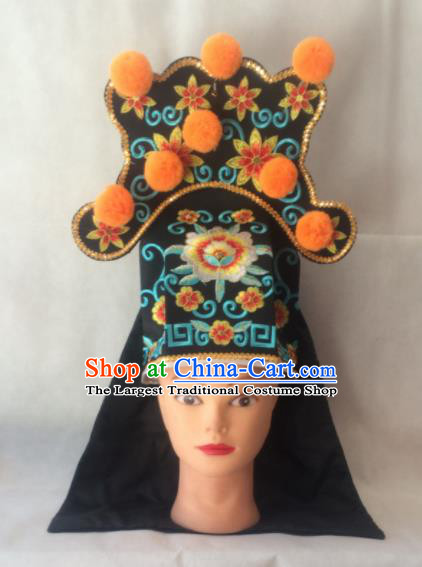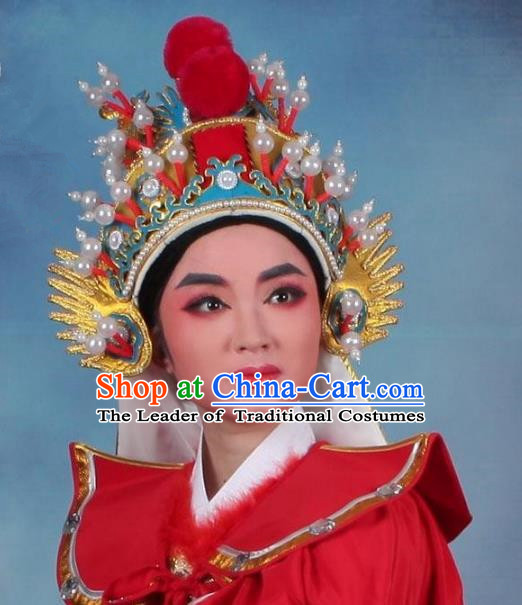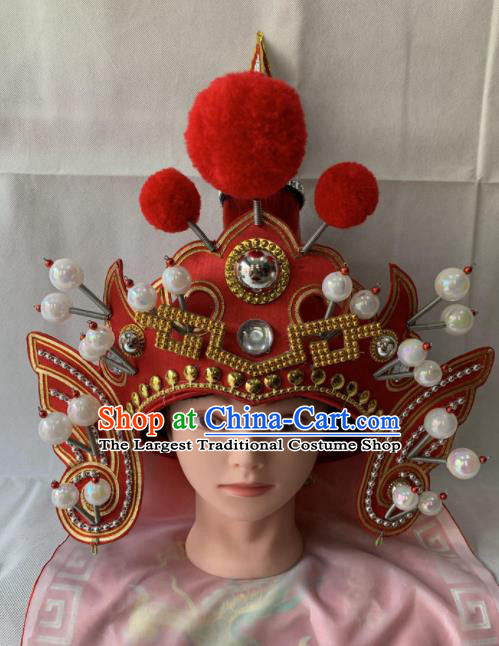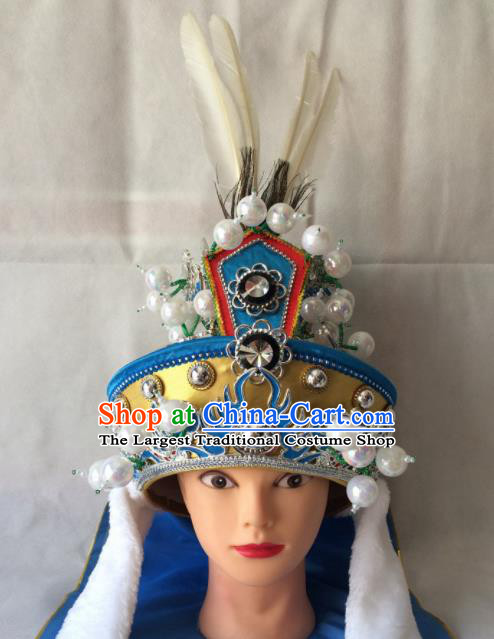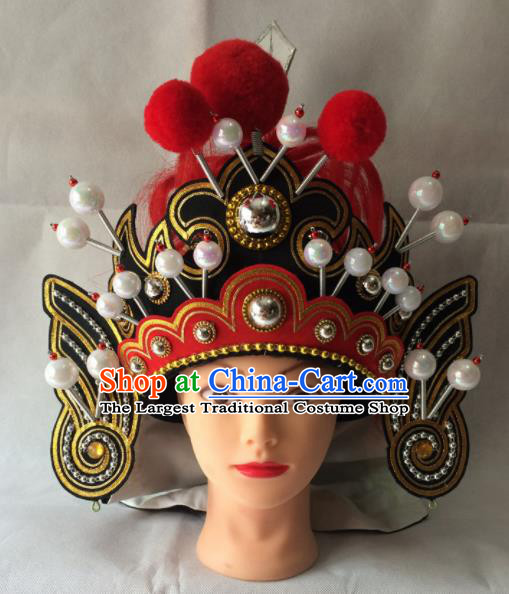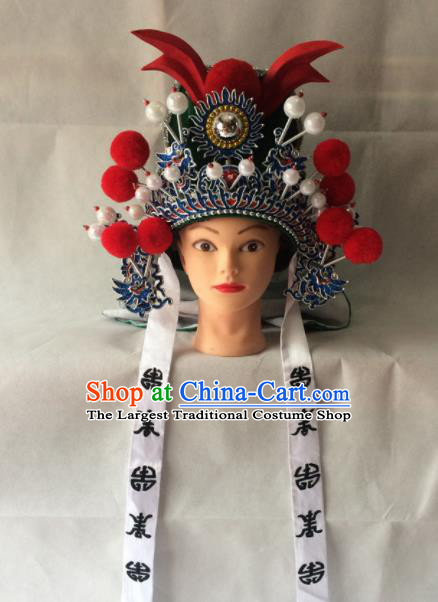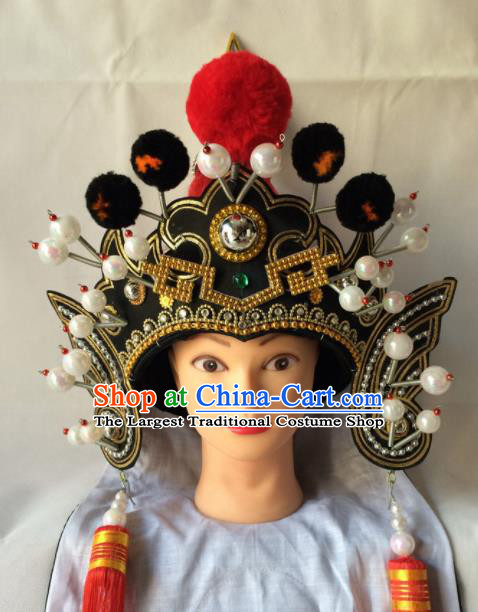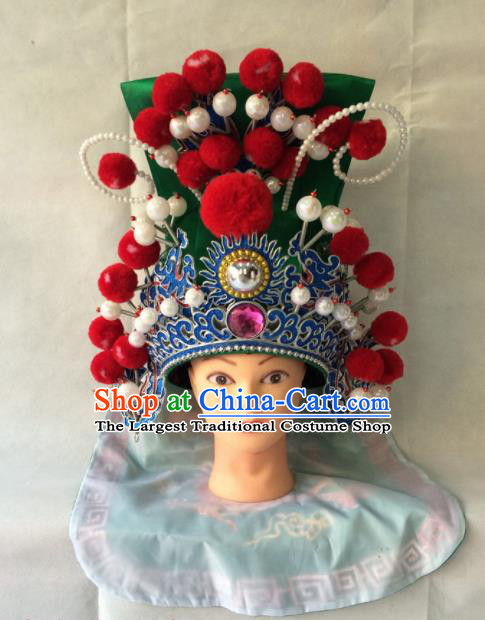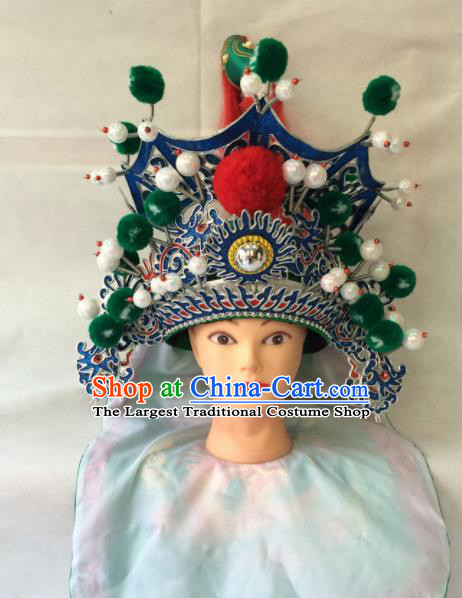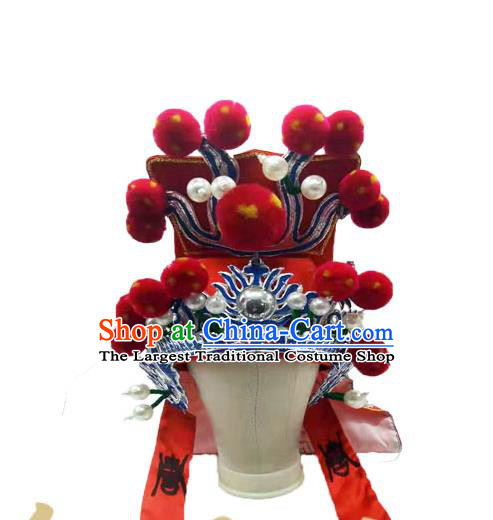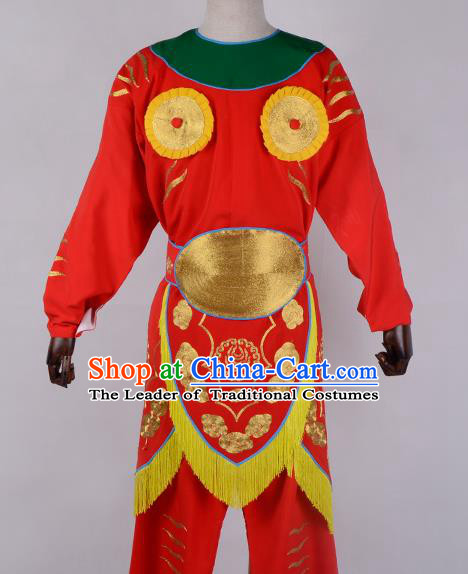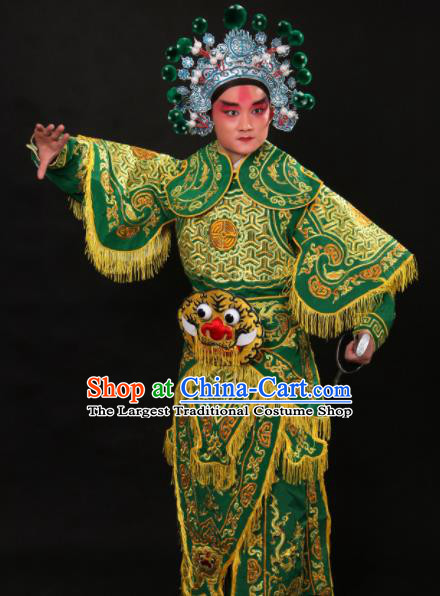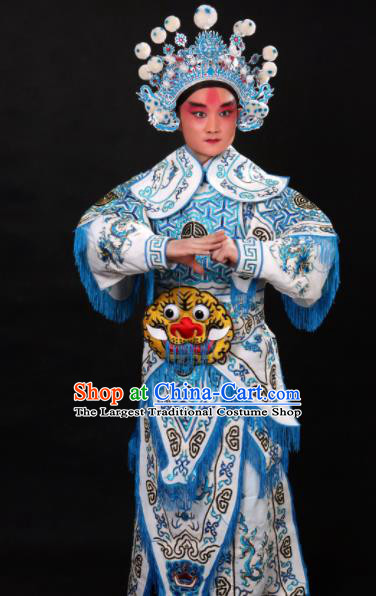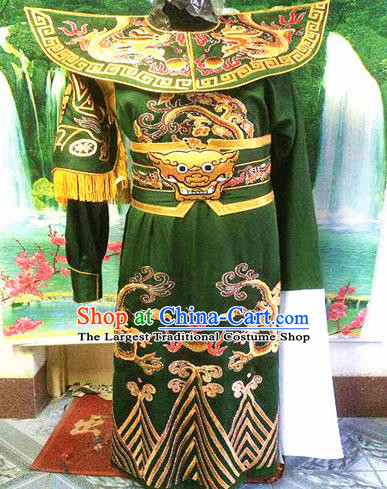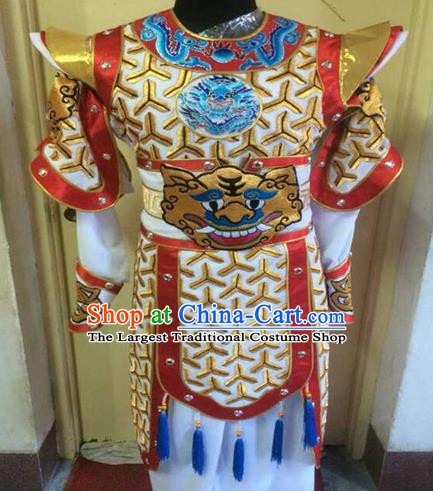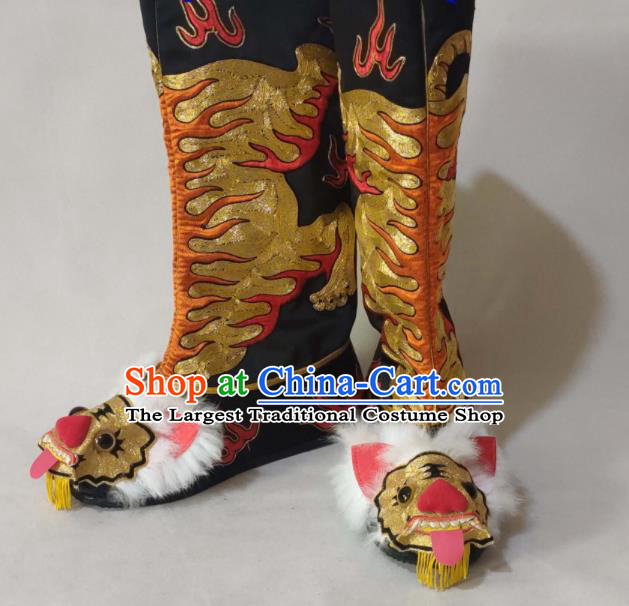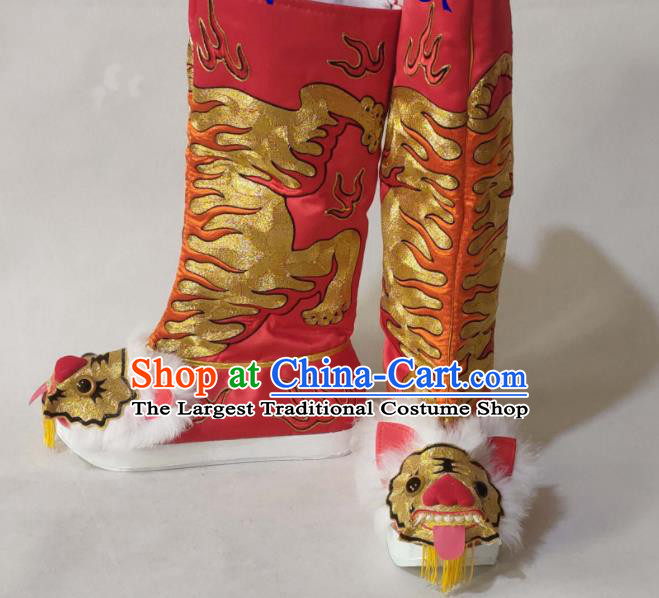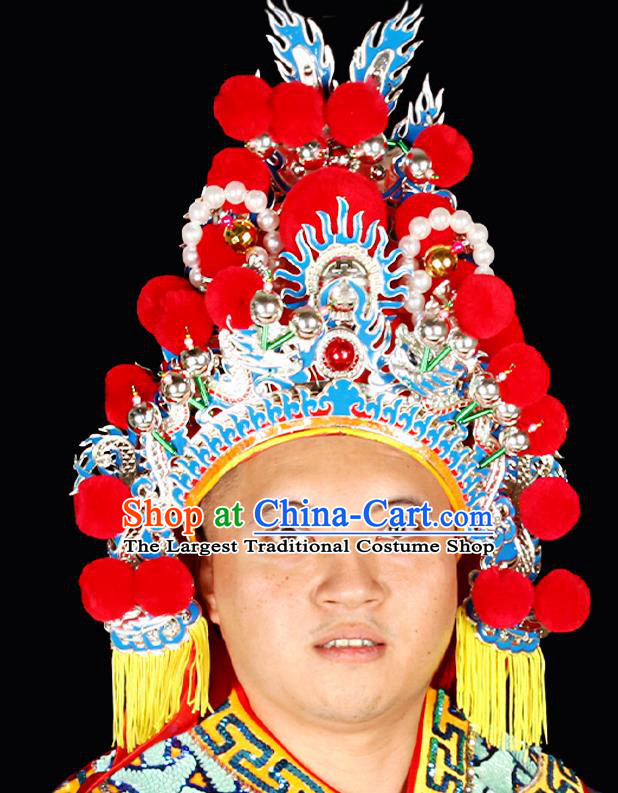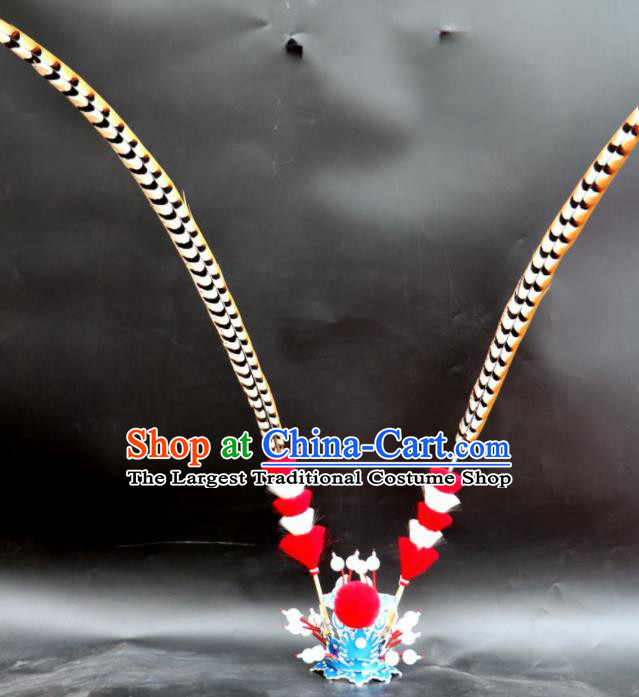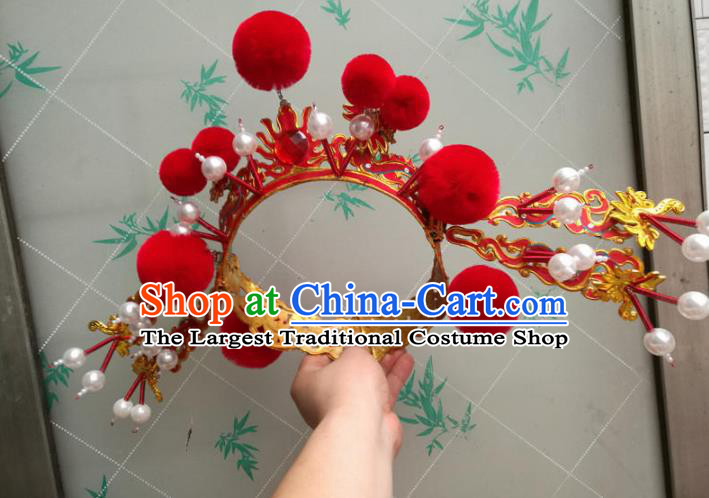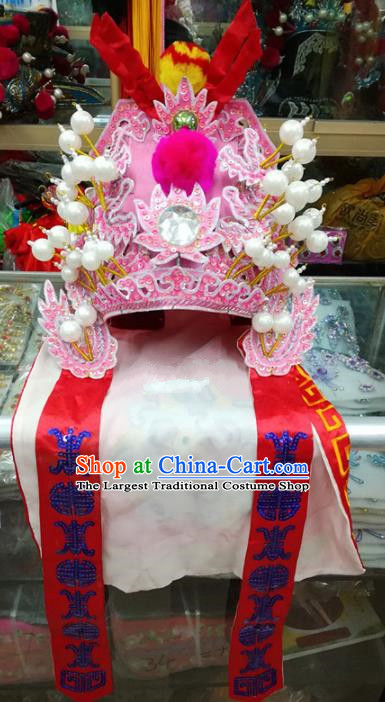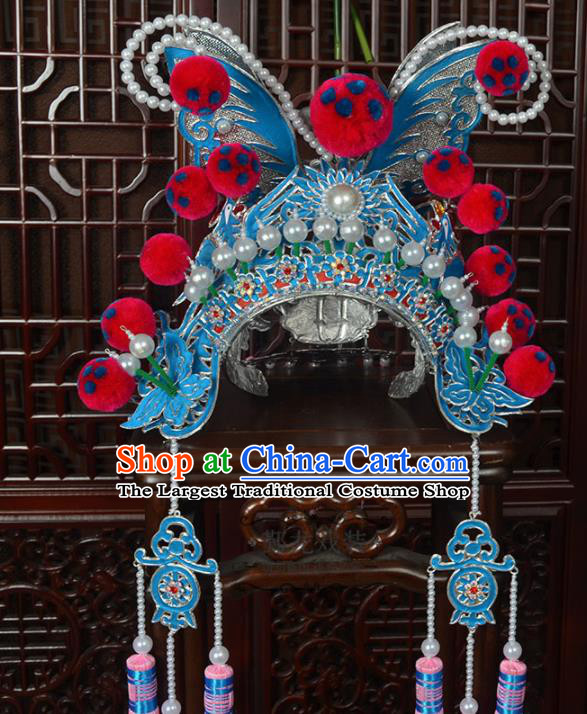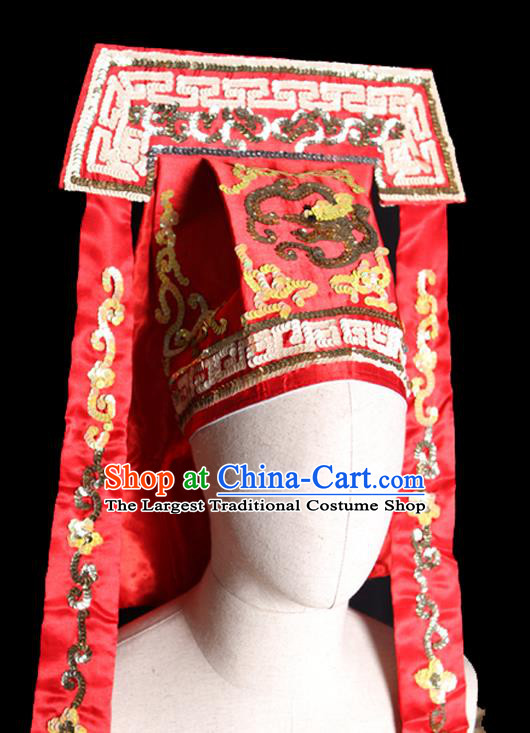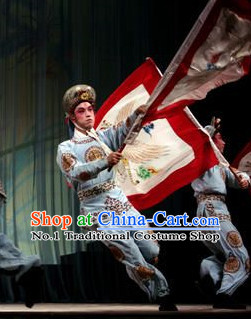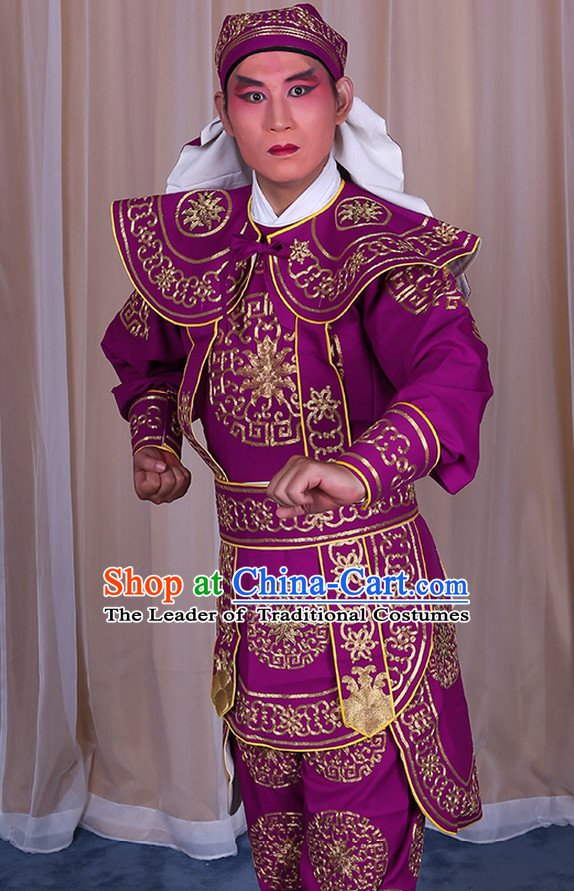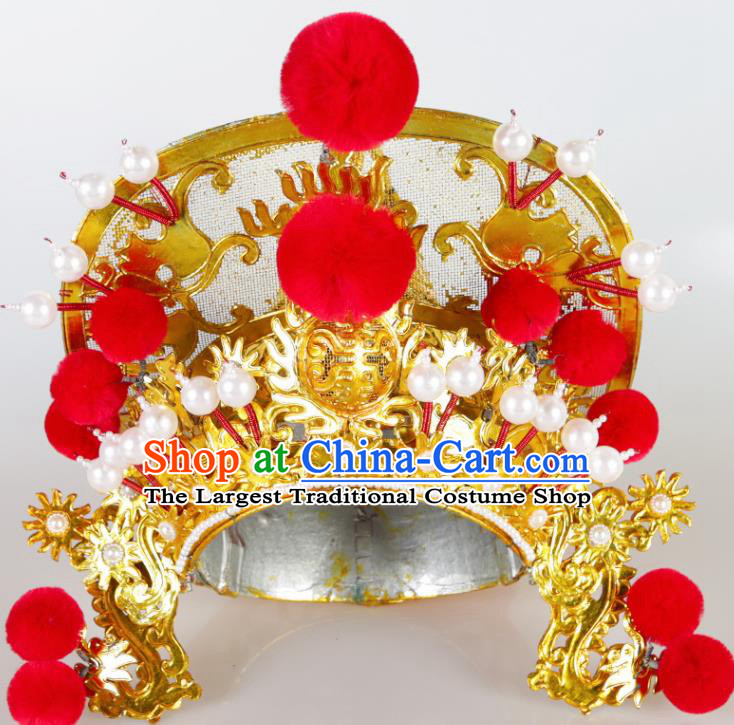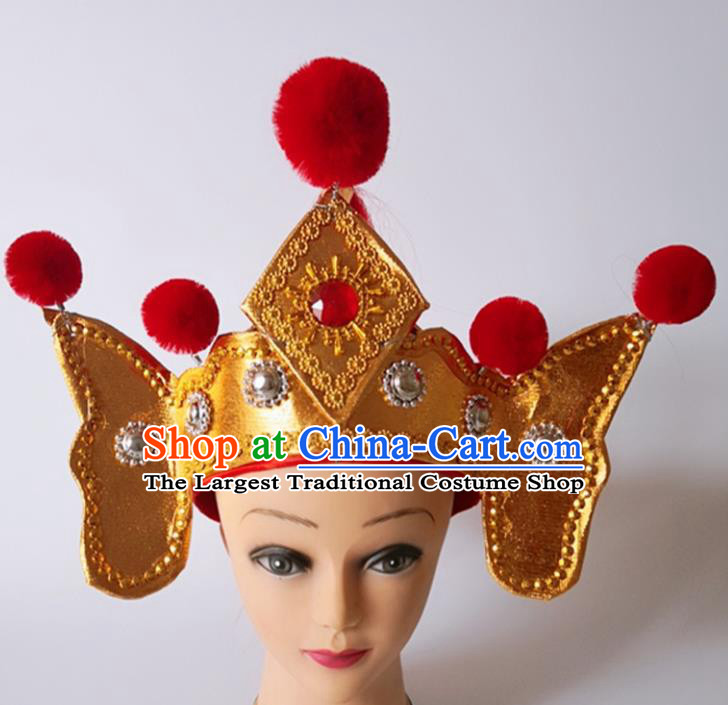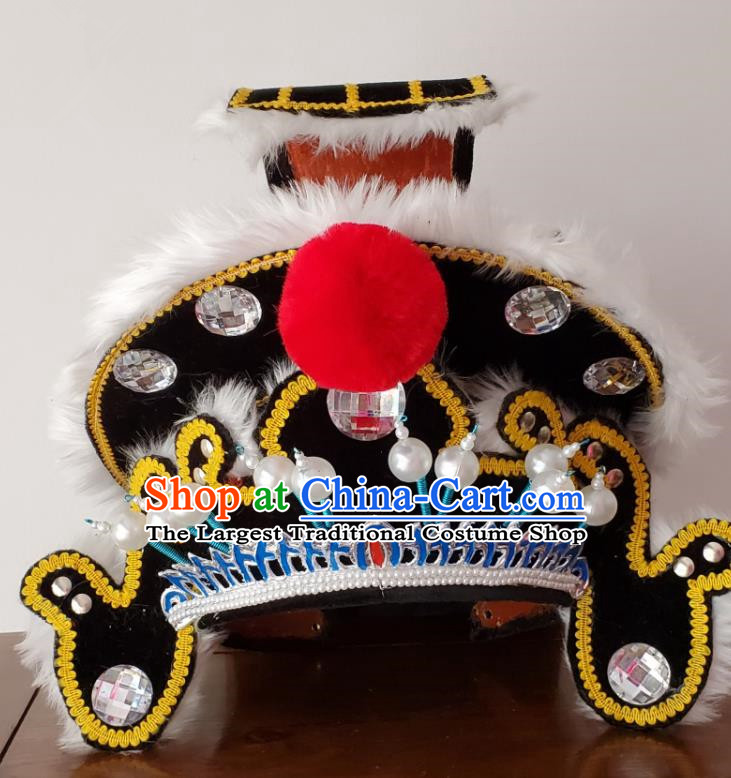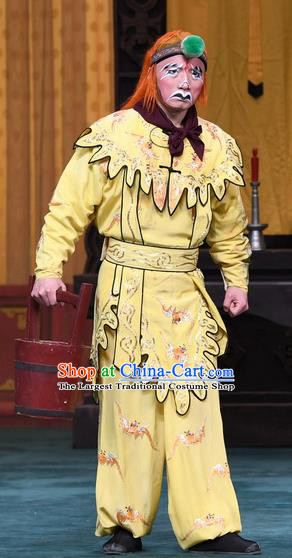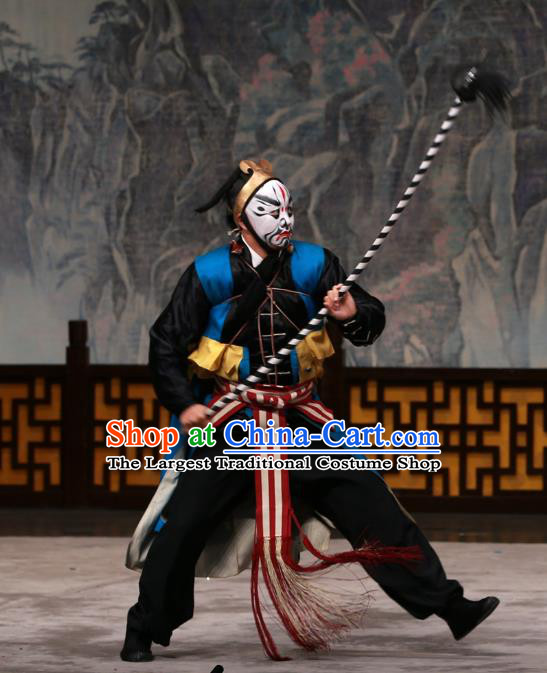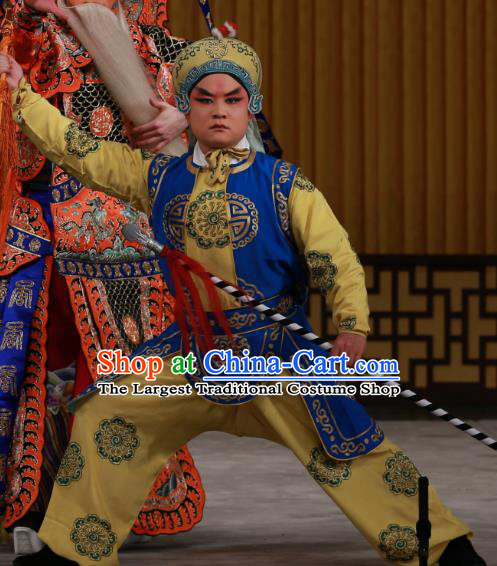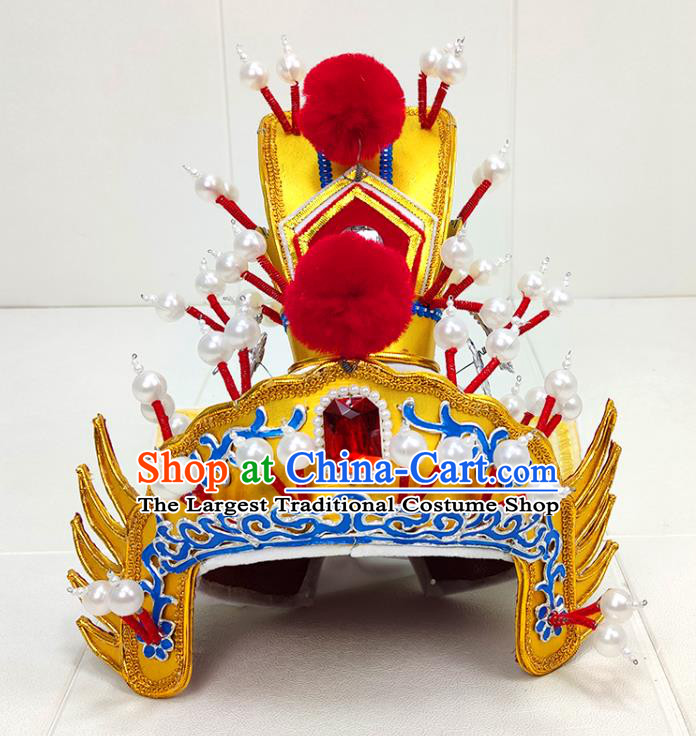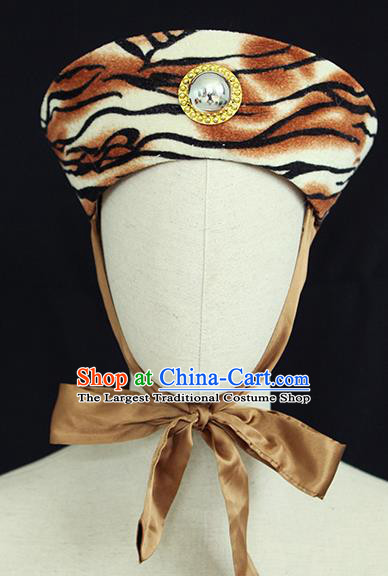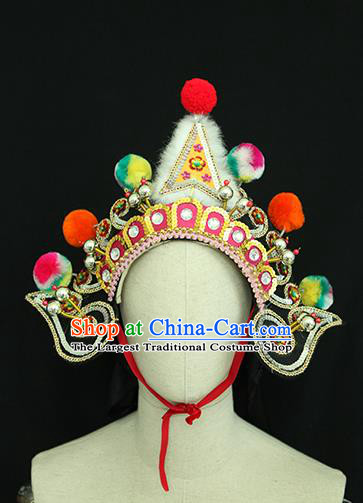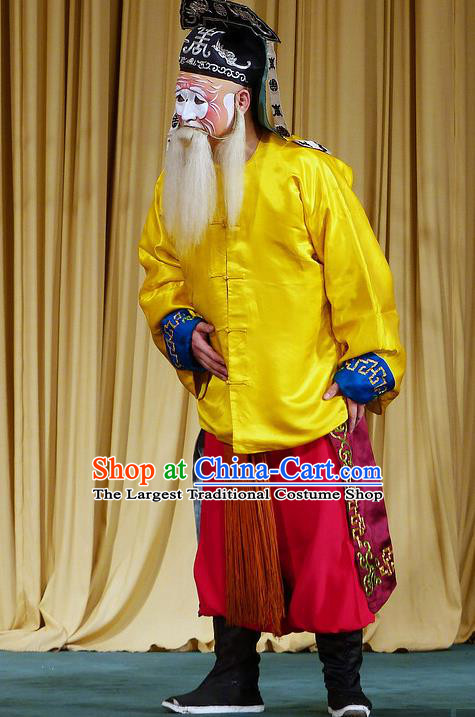
Click Related Pictures for More Audios:
Traditional Chinese opera headwear, such as the helmets worn by martial artists in Beijing Opera, are an essential element of the performance.
These headpieces showcase the charm and historical significance of Chinese traditional culture through their unique design and exquisite craftsmanship.
The Beijing Opera martial artist helmet is typically made of metal and is round with a pointed top.
The design of this helmet is inspired by ancient Chinese military helmets, which were intended to protect actors from injury.
In Beijing Opera performances, martial artist characters often engage in intense action and combat scenes, so they need a helmet that can provide protection and support.
In addition to its protective function, the Beijing Opera martial artist helmet also serves a decorative purpose.
It is usually adorned with bright colors such as gold and blue, and decorated with various patterns and designs.
These patterns and designs often represent specific cultural symbols or historical backgrounds.
For example, some helmets may be decorated with auspicious creatures like dragons and phoenixes to express longing for and blessings of a better life.
The history of the Beijing Opera martial artist helmet dates back to the Qing Dynasty.
At that time, Beijing Opera emerged as a new art form and martial artist characters became one of its important roles.
Over time, the Beijing Opera martial artist helmet gradually developed into a unique art form that represents the essence and creativity of Chinese traditional culture.
Today, the Beijing Opera martial artist helmet has become a part of China's cultural heritage and is widely recognized and appreciated globally.
It is not only a practical prop but also an artwork and a symbol of culture.
By appreciating and learning about the design and production process of the Beijing Opera martial artist helmet, we can better understand the connotation and value of Chinese traditional culture.
